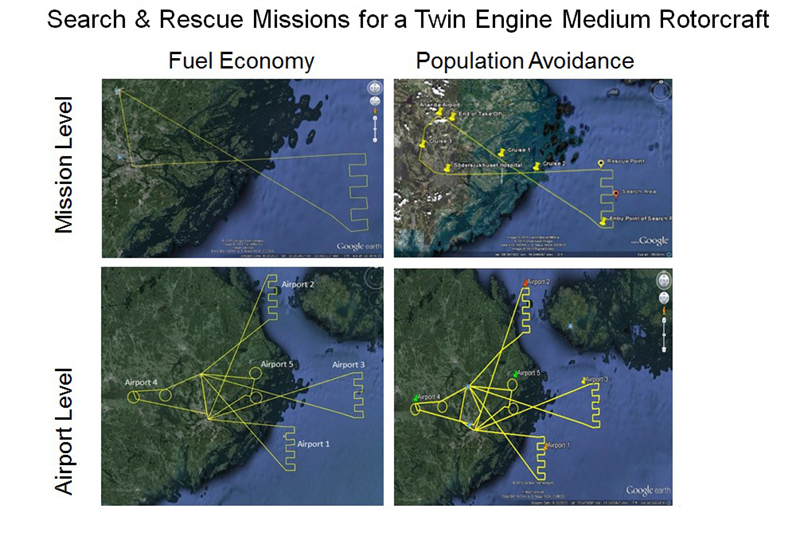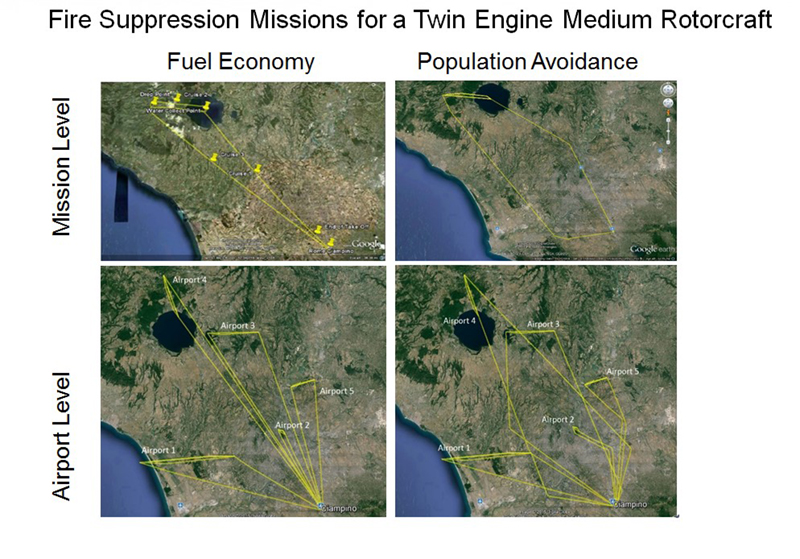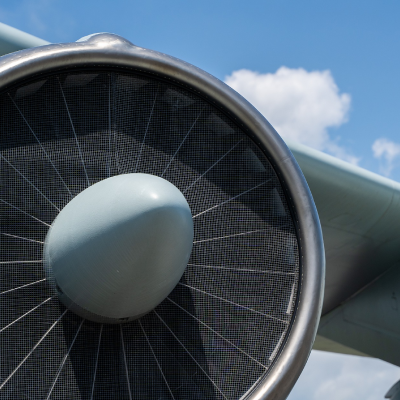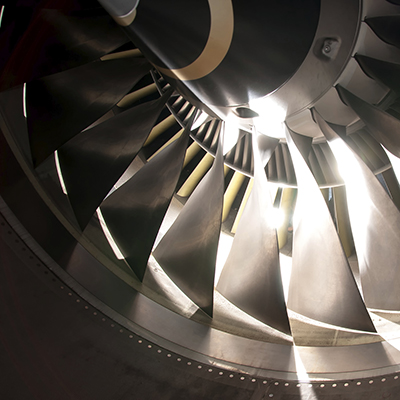We are partners in a Joint Technology Initiative (JTI) which aims to develop and mature breakthrough ‘clean technologies’ for air transport. We have been assessing the environmental impact of all new rotorcraft technologies since 2009 as part of the Clean Sky European research programme.
Key Facts
- Clean Sky was a European collaborative seven-year project, totalling €1.6 billion, with the research goals continuing in Clean Sky 2 with a budget close to €4 billion.
- We have been assessing the performance of six different rotorcraft configurations and fleet segments as part of Clean Sky’s ‘Technology Evaluator’ programme since 2009.
- Rotorcraft are assessed along realistic 4D trajectories at real locations across Europe. Assessments are made at three levels – a single flight of one rotorcraft, a number of rotorcraft flights on a reference day at a particular heliport, and a global fleet operating over the period of a month.
- Funded by European Commission’s Seventh Framework Programme (FP7) and Horizon 2020 programme.
Impact of our research
We are focused on verifying those key rotorcraft technologies necessary to achieve major steps towards the ACARE (Advisory Council for Aviation Research and Innovation in Europe) environmental goals set for 2020.
Our work is helping accelerate rotorcraft technology development and deployment within the European Union. It aids in important evaluations and complex trade-off studies, and allows design options to be ‘mapped’ on to future air transport system scenarios. It contributes to the EU’s strategic and social priorities from the ‘greening’ of aviation to creating economic growth.

Why the research was commissioned
The use of helicopters for activities such as medical evacuation, rescue, civil protection, aerial work and law enforcement is expected to grow sharply in the near future. The rotorcraft traffic for passenger transport, for example helicopter shuttle operations from city heliports to airports, is also expected to develop rapidly over the next few years.
With such a growth in this and other traffic expected, the current negligible contribution of rotorcraft to environmental impact will become more significant in the next decade unless a major initiative succeeds in keeping it under control.
Joint Technology Initiatives (JTIs) were created between the European Union and the European aeronautics industry to achieve such ambitious and complex research goals. The Technology Evaluator programme of Clean Sky brings together industry and research institutions across the EU, combining design and integration competences with state-of-the-art simulation and modelling capabilities.

Why Cranfield?
We have been at the forefront of aerospace technology for more than 60 years, taking a practical and holistic approach right across the business of flying. Valued across the industry for our multidisciplinary approach, we bring together aeronautical engineering, propulsion, materials and manufacturing and expertise in airworthiness and safety.
Our varied aerospace and aviation activities are underpinned by advanced facilities, tools and expertise which include unique capabilities such as flying laboratories, flight deck simulators, industrial-scale gas turbine engine test facilities, combustion rigs for emissions research, an atmospheric icing facility and state-of-the-art high performance computing.
Our long-standing expertise in Techno-economic Environmental Risk Assessment (TERA) studies is of particular importance to our involvement in the Clean Sky project.
Facilities used
Our work, supported by the Centres for Propulsion Engineering and Aeronautics, makes extensive use of supercomputing facilities.



